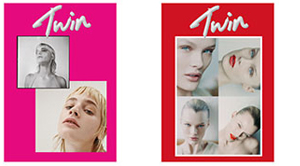His subject is one that has been much documented across the arts, but photographer Mark Steinmetz lends a unique eye to the chronicles of contemporary American life. Whether capturing everyday happenings within a Cleveland school or the natural environment of Sandy Creek, the photographer’s ability to imbue images with unforced narrative consistently delights.
This capacity to scrutinise the idiosyncrasies of daily life whilst remaining aloof from the frame allows Mark Steinmetz’s photographs to both transcend and embody their moments in time, rendering his images powerful historical documents as well as works of art. With a ninth monograph, Angel City West out on Nazraeli Press, we asked the photographer to lend insight into his work, inspiration and future projects.
When did you first start photographing?
I started very early on. My parents gave me my first camera around the age of six. I have many clear memories of photographing when I was a child. I remember that framing a scene was always a pleasure for me; I liked making the decision of whether I needed to stay standing up or whether I should scrunch down or move in closer in order to make the best picture. I had set up my first darkroom in my home at the age of 12.
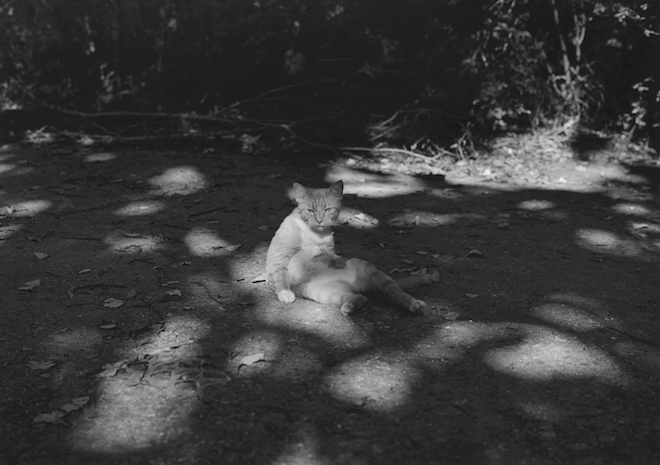
Ancient Tigers, 2007
Can you talk a little about the Angel City West series as a whole – how did they come about, what camera were you working with and what were you looking for when taking these pictures?
I was 22 and restless. I had moved to Los Angeles after having left the Yale School of Art after my first semester. In LA, I met the great photographer Garry Winogrand and was able to photograph with him on several occasions. I used a Leica primarily but also dragged around with me a twin lens reflex. My impulse was just to make interesting pictures that were realistic but still had an independence from (and weren’t exactly responsible to) anything that might really be going on. I was exploring the fictional strangeness that’s intrinsic to photography when you extract an image from the flow of life and I was trying in my youthful way to match or supersede what photographers such as Winogrand or Robert Frank had done.
What is it about black and white that you’re drawn to?
Black and white is what I was looking at when I started to photograph and it’s the medium of the great masters I admire most. There’s a removal from the world with black and white; it strips away one of the levels of illusion from the world. It seems to concern itself more purely and strictly with structure and light. Colour photography needs to be primarily about colour, and to me it seems rare that it can be controlled in any coherent way since the relationships between the colours take over and can too easily overwhelm what’s really of interest and importance. But then again we see in colour and that’s what most everyone in photography has been up to lately.
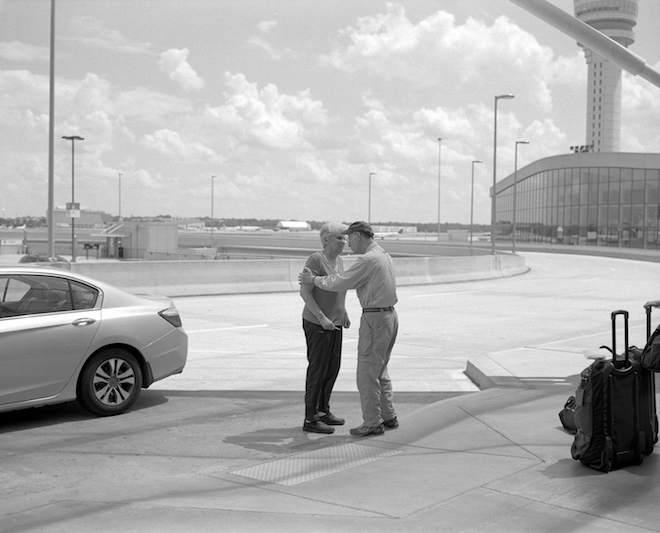
Atlanta Airport, 2015
How important is a sense of place to your portraits of people?
I tend not to have less interest in photographs of people where they are placed against a neutral background. The subjects then seem like butterflies pinned in a collection. Richard Avedon’s group of portraits in the American West are strong but it makes little sense to me that he puts the people he’s photographing against a white backdrop instead of leaving the gas station or the road behind them as background. I much prefer placing subjects within a context. The scenes are less sterile that way and more convincing. That’s how life is.
You often photograph people in motion, or seemingly unaware. How did you develop this style?
I prefer photographs where it feels like something is happening or about to happen, where a moment is suggested. Walker Evans photographed people surreptitiously in his series of subway photographs for the reason that “the mask is down” when people don’t think anyone is watching them. I’ve always been a quiet person. I don’t make waves and I don’t startle people. Many of my portraits seem natural as if they are not aware of being photographed, but I’ve had to talk to them and gain their permission in order to position my fairly large camera exactly where I want it to be in order to make the picture I want.
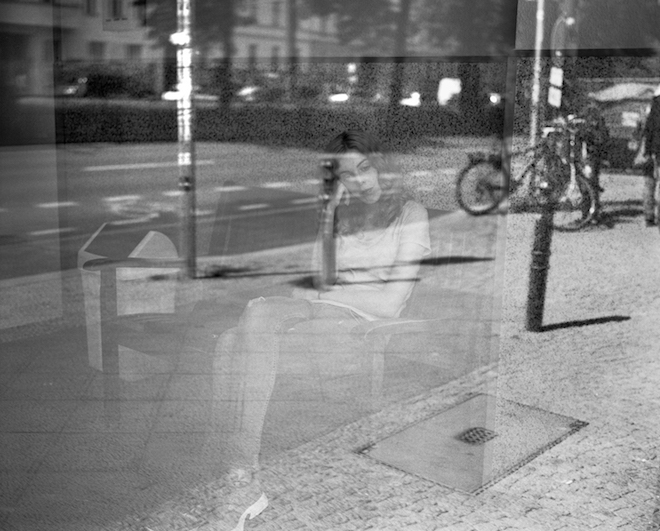
Berlin, 2014
In general do you see the role of a photographer as a watcher as opposed to someone that is present in the picture?
Koudelka is a great photographer but in his book, The Gypsies, the subjects are looking at him and responding to his presence. It’s up to each photographer to define photography on his/her own terms. In my case, my mother was French and I’ve spent a lot of time in France where people sit in cafés a lot and people watch. That’s how I photograph for the most part. I don’t intervene.
The Angel City West series was taken in the ’80s, are you still interested in the city and the people when you look around at Los Angeles today?
Yes, very much so. I’d like to spend more time there to photograph. Los Angeles remains a very interesting and unique place. Like Paris, it is a terrain that has been explored a good deal in cinema, photography, and literature, so there’s an audience that already has an understanding of the place. That means you can plunge right in. You don’t have to start at zero to establish a context for your body of work as a context already exists.
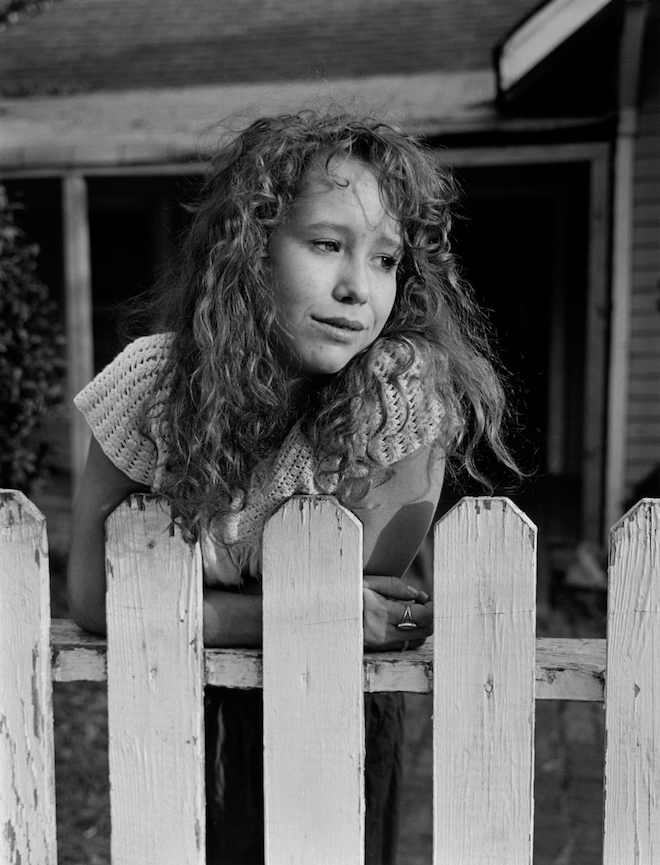
Knoxville, 1991
I love your Sandy Creek series, did you find it challenging to capture the natural world in the same spontaneous way?
Thank you for loving the series. Like most people I need a break from time to time and photographing in nature allows me to unwind and to photograph without any of the stress of photographing in the cities. The trees don’t talk back to you. It’s a very different problem. I think nature has a lot to teach us and particularly anyone interested in the design fields needs to take a serious look at what nature has come up with. Robert Adams and Atget have been helpful to look at.
Generally speaking, what are your influences?
Anything in life can be an influence. Some things stick to you, some things don’t. In photography, Atget, Evans, and Winogrand are the great influences but there are so many.
What are your projects for 2016 / 2017?
Right now I’m working on a commission from the High Museum in Atlanta to photograph at the Atlanta airport – that will be a show in 2017. I’ve also been photographing in Europe a good deal and in particular in busy public areas in Paris, Berlin, and Milan. I should have a book on summer camps come out next year and possibly one later this year of unpublished photographs from the American South (no titles for the books yet).
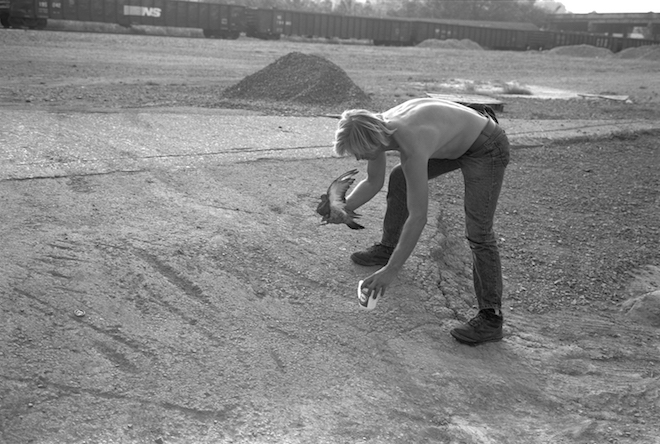
Knoxville, 1993
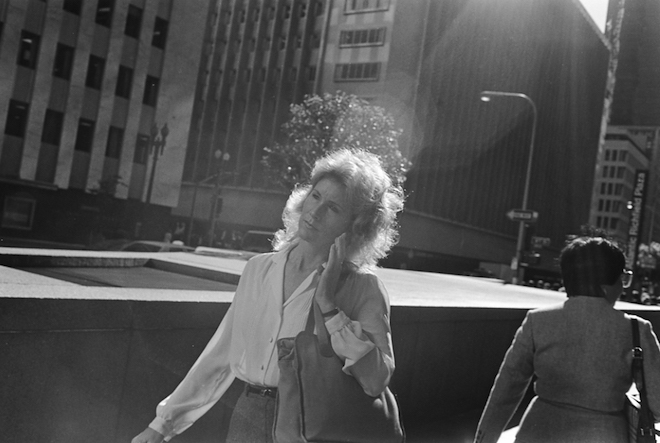
Los Angeles, 1983
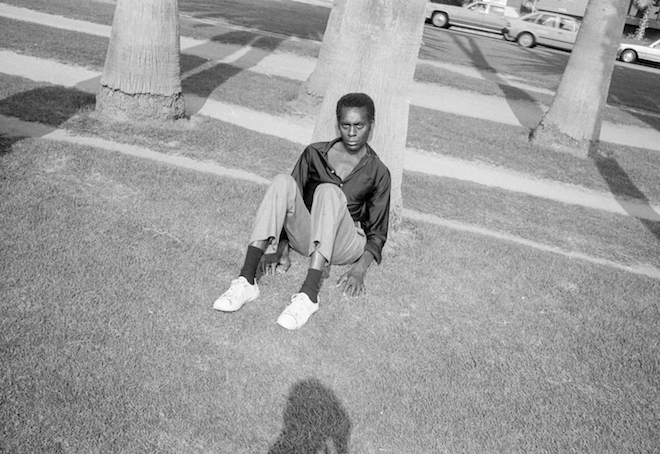
Los Angeles, 1983
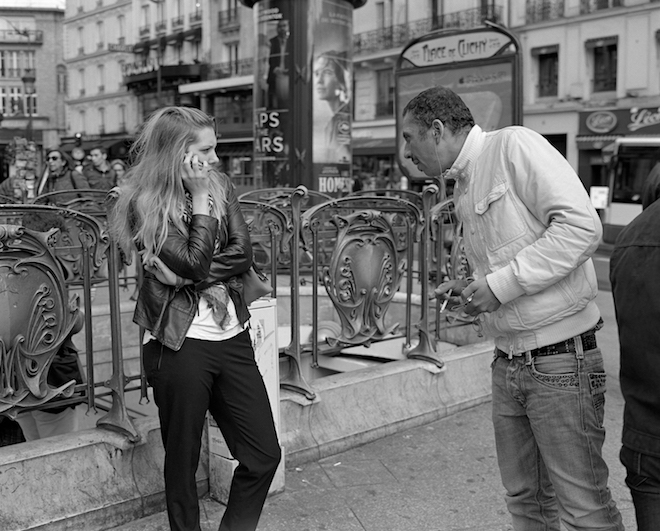
Paris, 2014
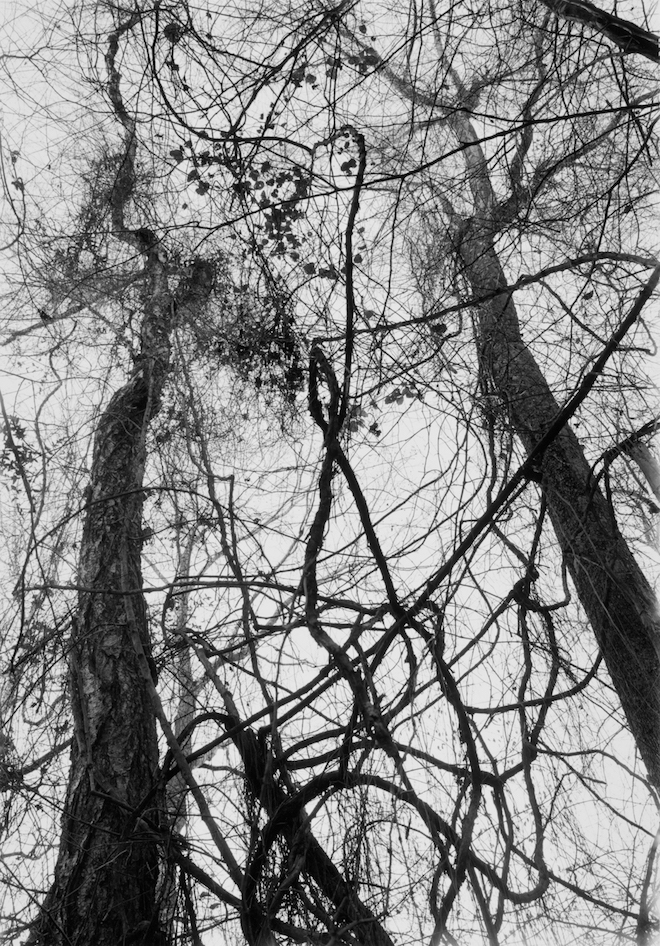
Sandy Creek

Sandy Creek
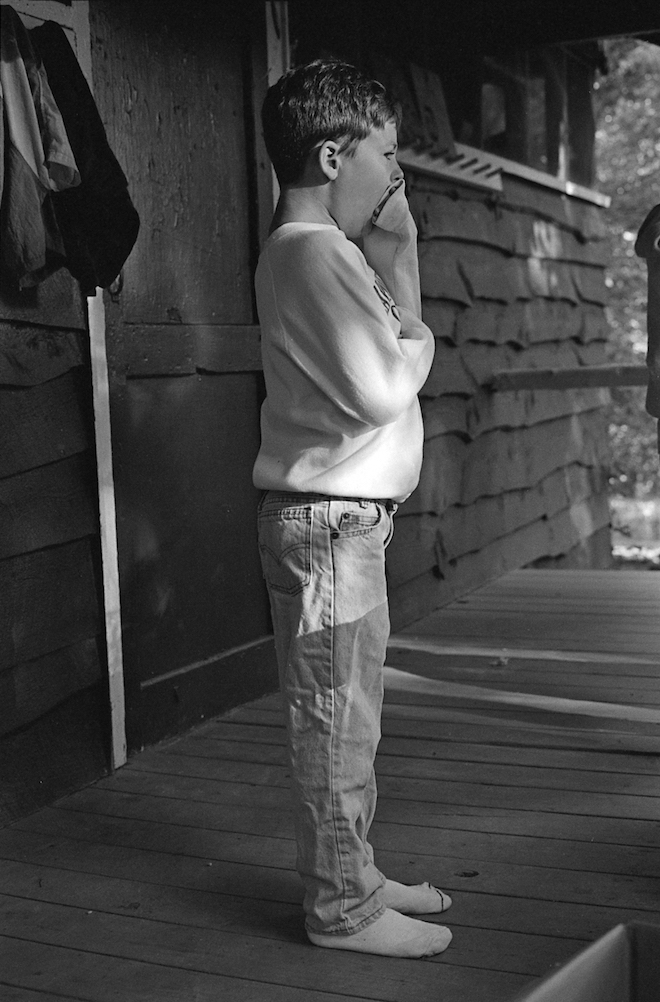
Summer Camp, 1997
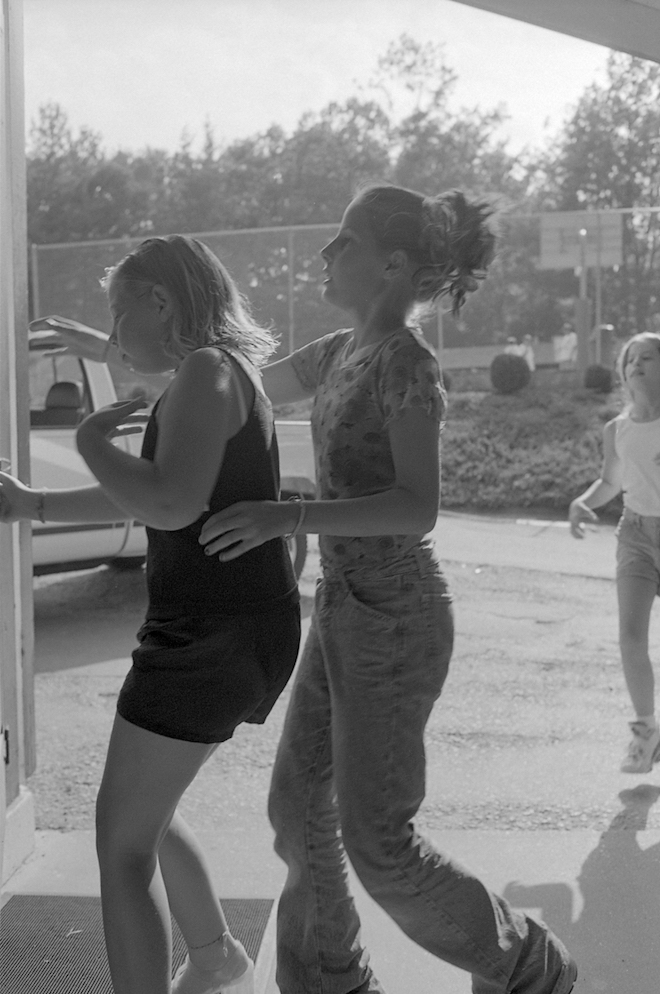
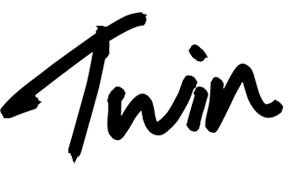
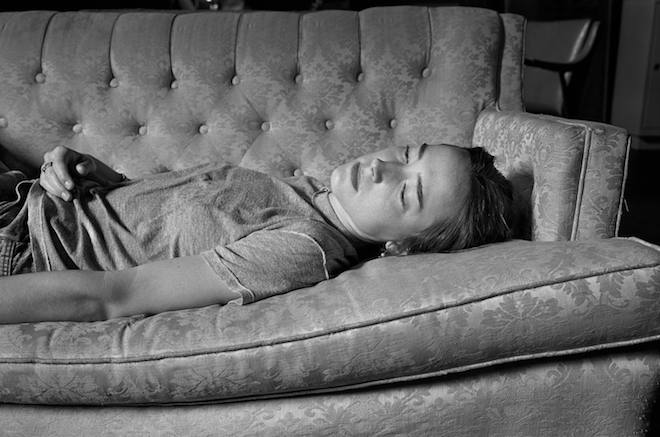
 PREVIOUS
PREVIOUS
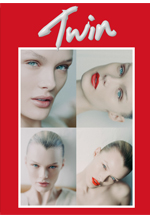
 Twitter
Twitter
 Tumblr
Tumblr
 YouTube
YouTube
 Facebook
Facebook
 Instagram
Instagram
